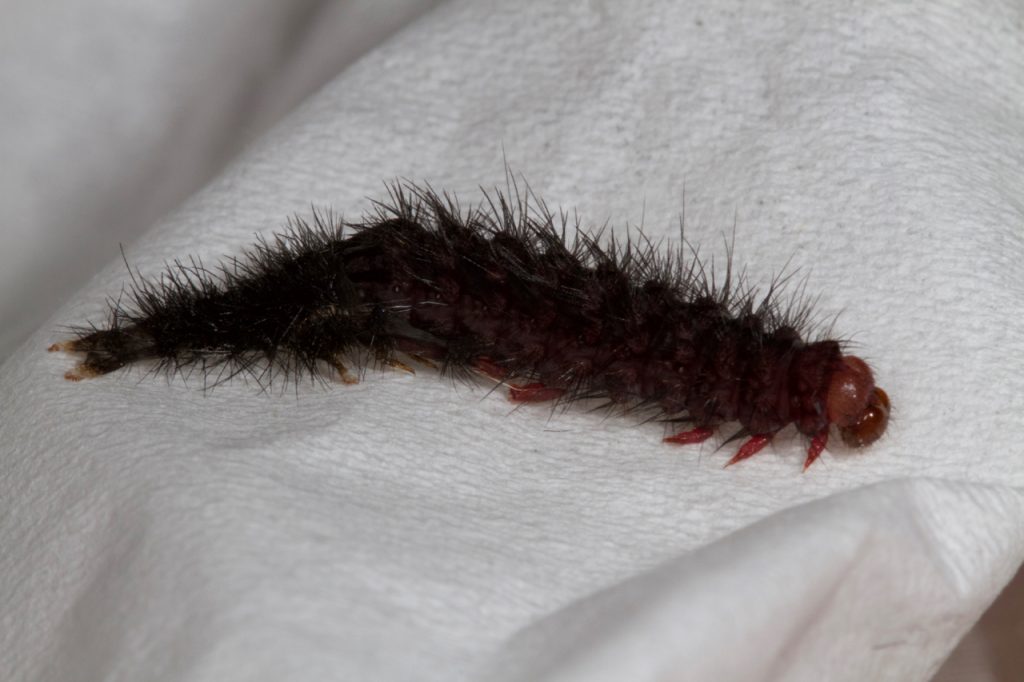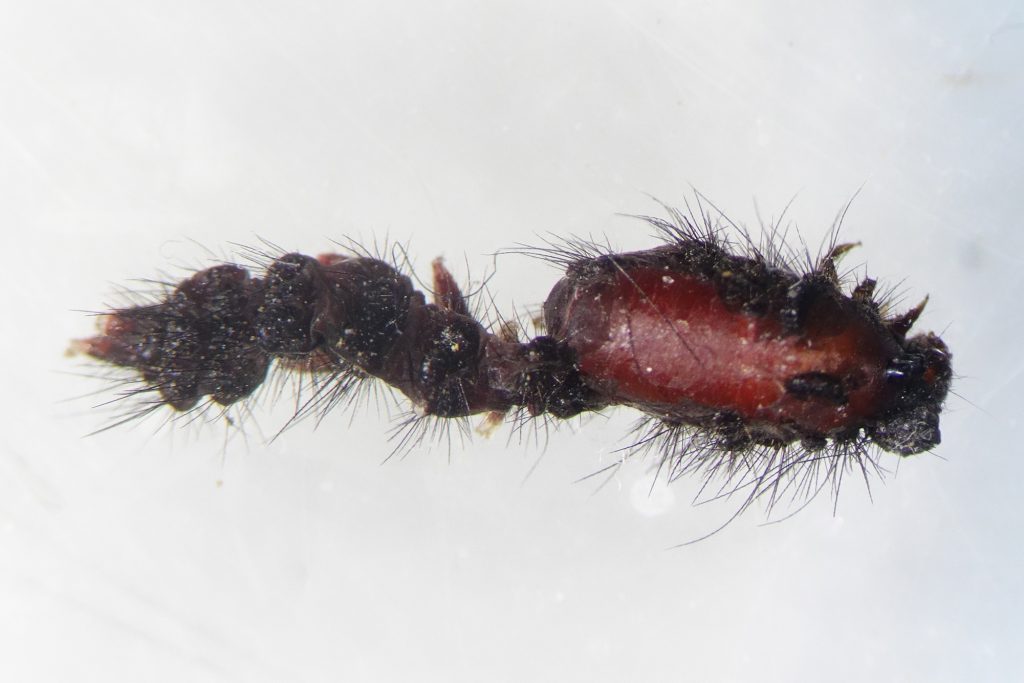What to Feed Tiger Moth Caterpillar
Not all foliage-eating caterpillars will cause enough damage to warrant control.
Every winter-cropping season the usual suspect grubs are found in broadacre crops – armyworm, brown pasture looper, diamondback moth, and native budworm to name a few.
Common pests like these are relatively straightforward to identify as they have a few giveaway features.
But every winter-cropping season there are also cases when an unknown caterpillar species is reported in high numbers, in a high value crop – and there are very few documented records of what it is, if it will cause economic damage, and how long it will stick around.
This occurred in late May when 6 caterpillars of an unknown species arrived atcesar headquarters.
The caterpillars were found across three paddocks of seedling canola in the Jerilderie area of the southern NSW Riverina.
There were approximately 3 – 5 caterpillars/m2, which were no bigger than 15 mm in length. The caterpillars were dark burgundy, and had raised, bumpy skin covered in black bristles.
The agronomist had reported some minor chewing damage to the foliage and potentially the stem.
Identity investigations
The physical appearance of the caterpillar suggested that it was an immature tiger moth belonging to the Arctiidae family, but to be sure, we kept them in an artificial environment until adulthood. Lepidoptera (moths and butterflies) are easier to identify as adults than as caterpillars due to the amount of information that has been recorded and published.
The caterpillars were reared on a diet of canola, radish, broad bean leaves, and rose petals. These grubs ate just about anything that was put in front of them, but consistent with the agronomist's observations, they were by no means voracious feeders.
All seemed to be progressing smoothly – the caterpillars were active, eating, and even moulting to progress through their next larval stages right before our very eyes.
With six caterpillars in our hands, rearing an adult was going to be a piece of cake…

Tachinid parasitism
That was until, in a scene reminiscent of a 70s alien sci-fi movie, 3 caterpillars had been ripped apart to reveal a pupal casing of another invertebrate!
Time would reveal that some of the caterpillars had been parasitised by a beneficial tachinid fly.
Tachinids are a group of flies that use a variety of avenues to parasitise their prey. Some species lay eggs on foliage, which hatch in their prey once eaten. Others lay tiny eggs or larvae directly inside their prey, and some attach their eggs or larvae on their prey's skin, after which the small fly larvae bore inside.
In any case, it is a gruesome end for the caterpillars, as the fly essentially completes its lifecycle inside its host, eating it from the inside out along the way.
-

Photo by Julia Severi, Cesar Australia -

Photo by Andrew Weeks, Cesar Australia
Tiger moths!
The remaining 3 caterpillars had escaped from the canola paddock unscathed, and after several months and moults, had pupated.
Within a week of pupation, visually spectacular moths emerged that were identified as tiger moths (Amata sp.).
There is little known about this genus of moths, including their diet and preferred hosts.
But as there are no known reports of these caterpillars causing extensive crop damage, it's likely that they are not economic pests.

Take home messages
Once again, this case demonstrates that best practice management begins with correct species identification, as not all foliage eating caterpillars will require chemical control.
It also highlights the often 'unrecognised' role of natural enemies that help to keep insect populations in check.
Cover image: Photo by Andrew Weeks, Cesar Australia
barnettcoutionizies.blogspot.com
Source: https://cesaraustralia.com/pestfacts/tiger-moth-amata-tachinid-fly/
0 Response to "What to Feed Tiger Moth Caterpillar"
Post a Comment